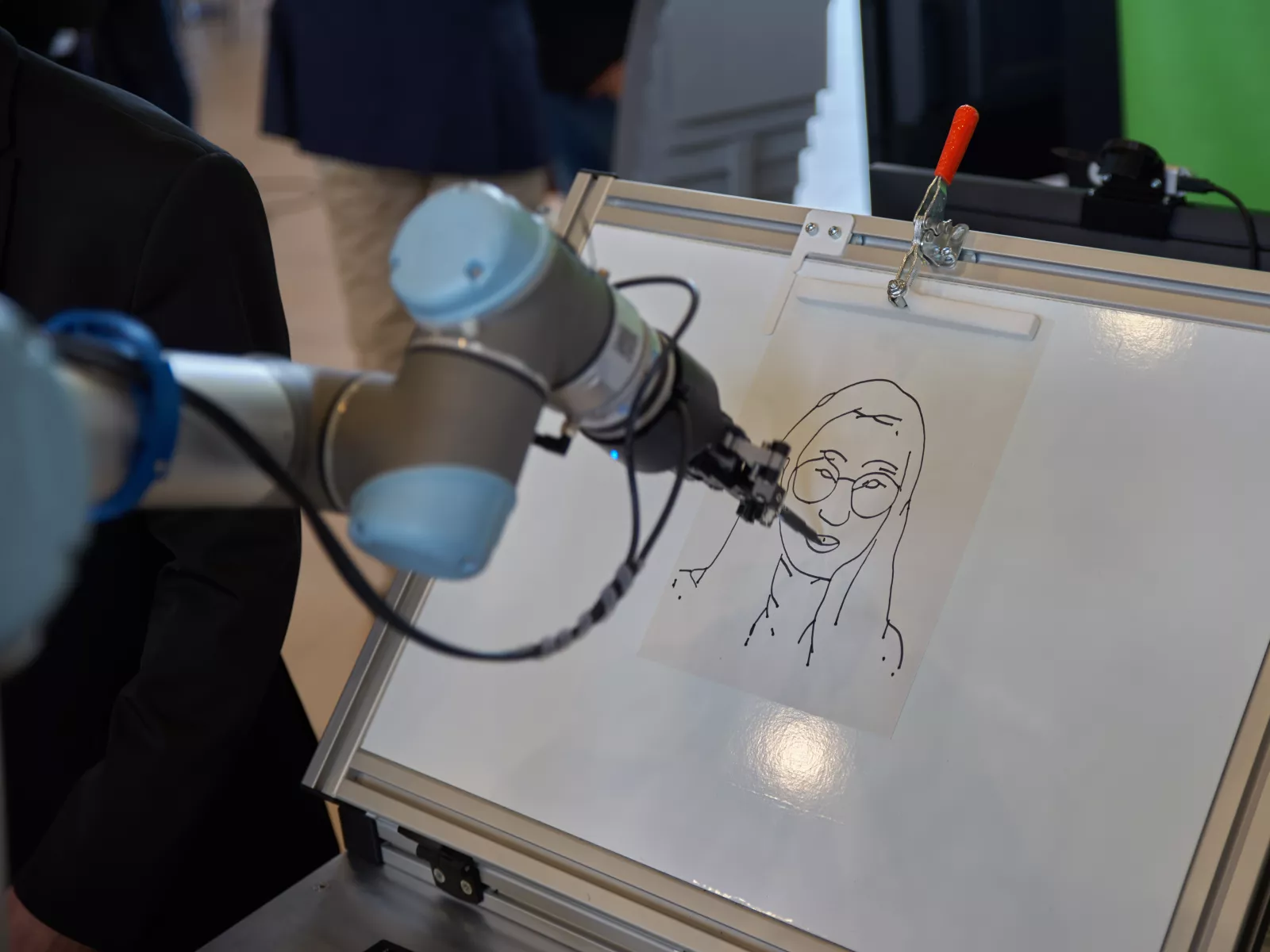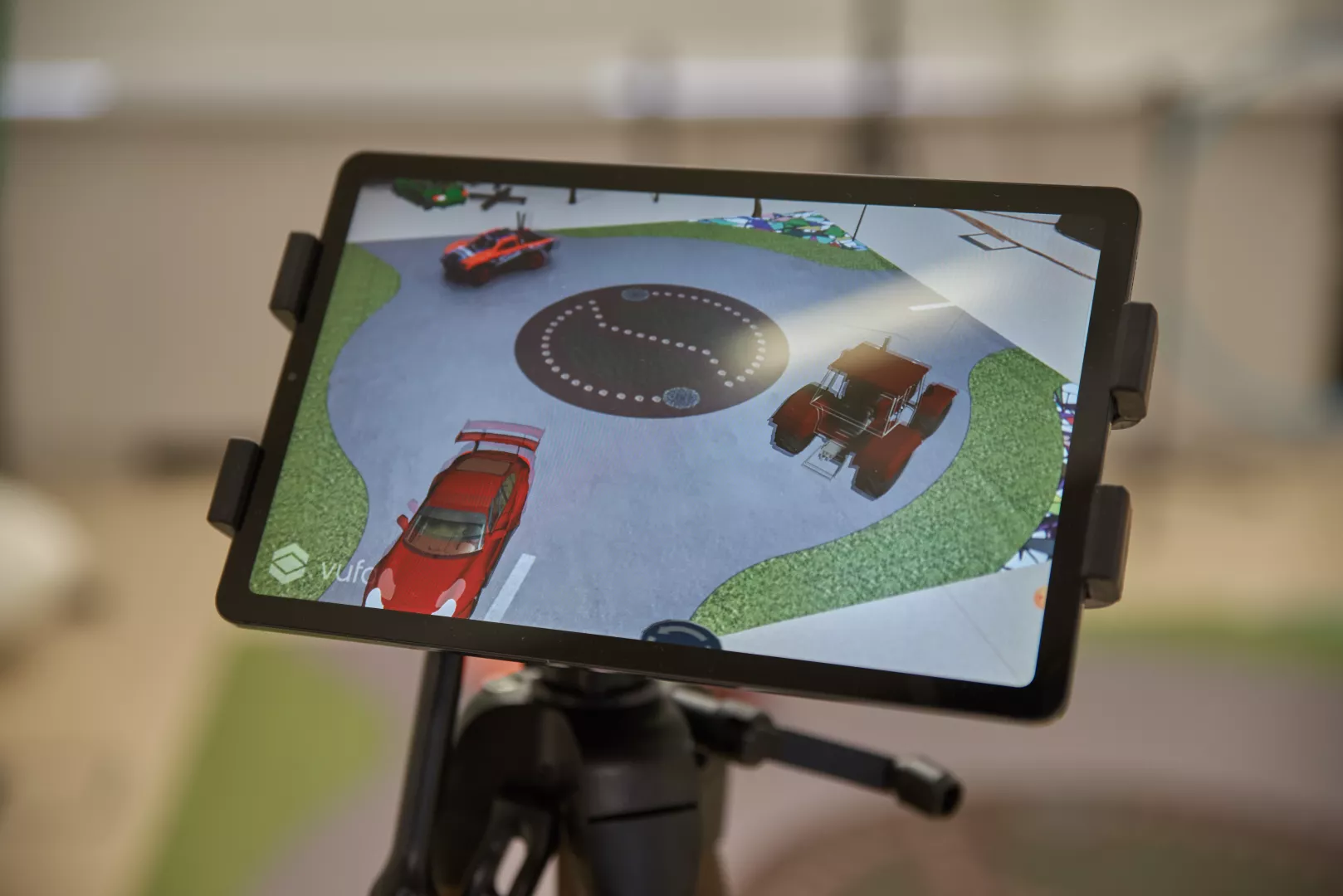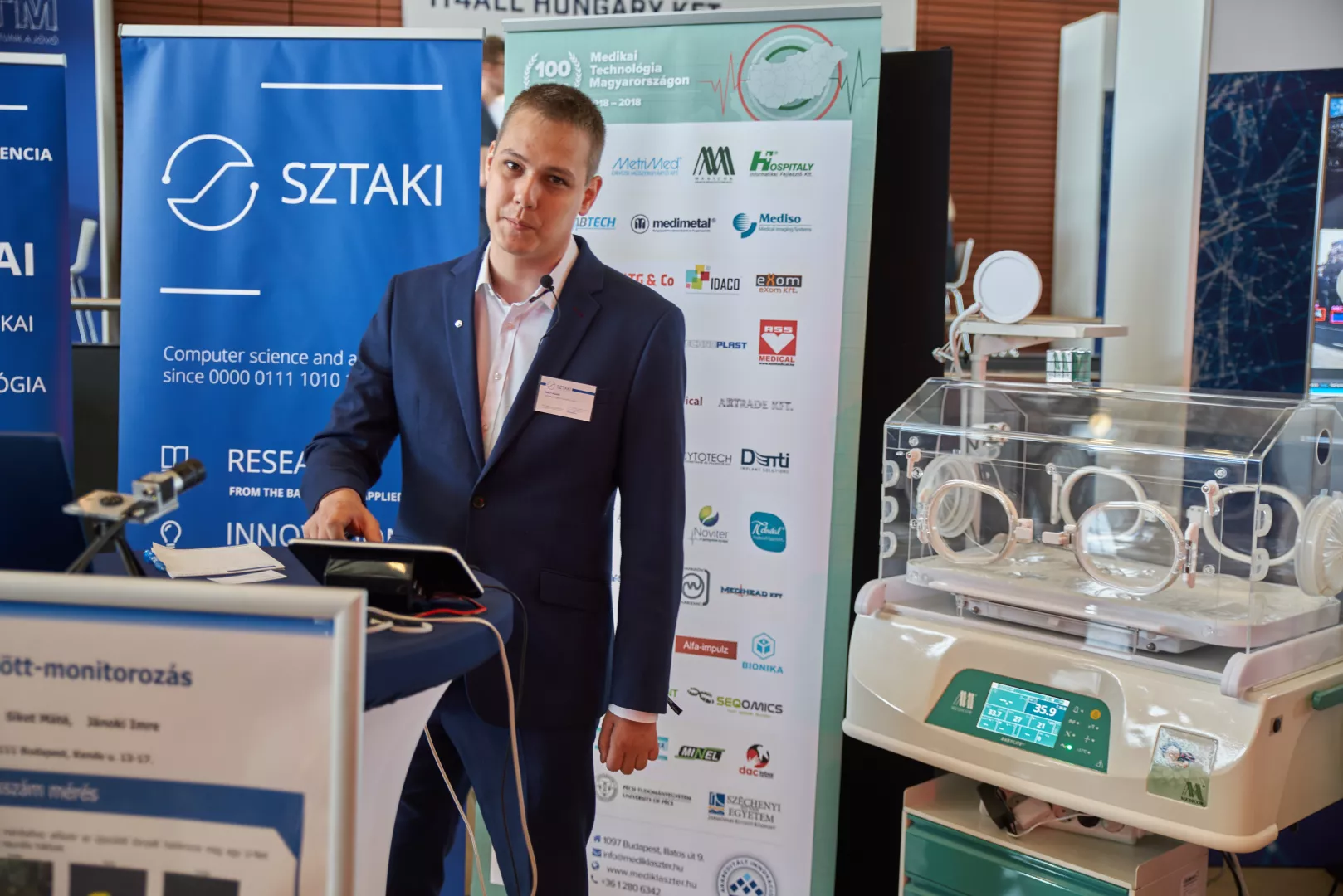
The Hungarian Artificial Intelligence Coalition held a professional partner day on 15.06., and a public exhibition on 16.06. Demonstrations of the Institute for Computer Science and Control (SZTAKI) and other partners of the Artificial Intelligence National Laboratory (MILAB) were on display at the Q building of the Budapest University of Technology and Economics.
Onn the 15th of June, László Palkovics, Minister of Innovation and Technology visited the partner day of the AI Coalition. The minister and the coalition partners saw the same developments and demonstrations that anyone could see the next day. Aside of MILAB partners, the Ministry of Interior, the Budapest University of Technology and Economics, Continental, Ericsson, IBM, T-Systems and several companies involved in the practical use of artificial intelligence were also exhibiting their results.

Amongst the demonstrations exhibited by SZTAKI, the drawing robot of the Research Laboratory on Engineering & Management Intelligence was also on show, which was already introduced during the virtual Researcher’s Night event back in November 2020 (above). The robot draws portraits by taking a photograph of the model that can be vectorized, translating visual information for the robot’s “language”. The robot draws the image of the model by following these vector lines with a pen in its grabber.
The self-driving car developed in cooperation by the Systems and Control Lab of SZTAKI and the University of Győr Research Center of Vehicle Industry was also on show. The autonomous vehicle built upon a Nissan Leaf is equipped with different kinds of sensors, these may help it to follow its path, even in traffic. Those who wished to see actively moving autonomous vehicles were also served: aside from the autonomous drones that are capable of agile maneuvering, a model car was also exhibited that followed the virtual traffic of a roundabout.

The non-contact infant diagnostics device (above) that SZTAKI is currently developing was also an important project on show. The device made by the Machine Perception Research Laboratory is based on cameras and makes direct contact with electrodes on the babies’ skin obsolete. This solution may become available for hospitals and home-care as well.

The flexible wings developed by the Systems and Control Lab were also shown at the event, shown of a small aircraft model (bellow). Researchers of the Institute have been developing a solution that may lead us to a more sustainable era of aviation by lowering fuel consumption, hence enlarging weight capacities of any aircraft. The wings are being tested on a seven-meter wingspan model aircraft in Munich but the exhibition model was enough to let visitors know everything about the project.

The exhibited research fields of SZTAKI are in line with the development goals of the Hungarian Medical Cluster. Based upon this, Prof. László Monostori, director of SZTAKI and Dr. Steiner Arnold, CEO of MEDICOR Elektronika Zrt. signed a declaration of presence.